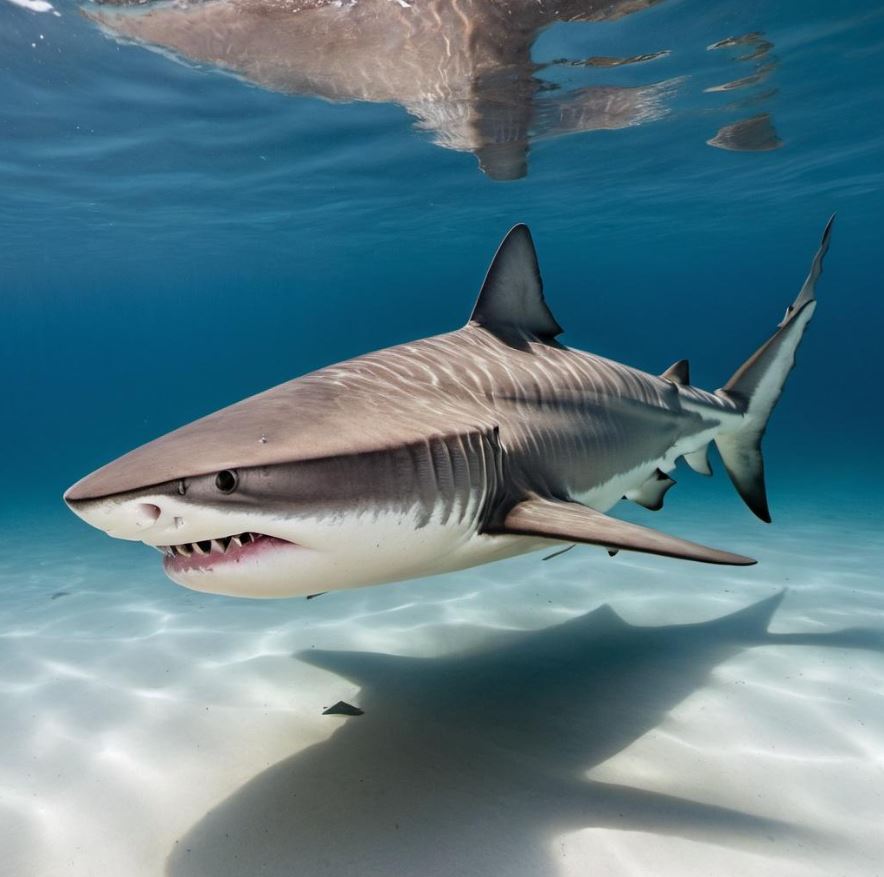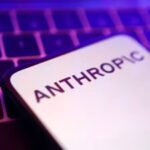 A significant portion of shark species is at risk of extinction, yet there’s a real gap in our scientific data about their habitats and numbers. Researchers from Virginia Tech, Stanford University, and other institutions have stepped in with sharkPulse – the largest open database of shark sightings.
A significant portion of shark species is at risk of extinction, yet there’s a real gap in our scientific data about their habitats and numbers. Researchers from Virginia Tech, Stanford University, and other institutions have stepped in with sharkPulse – the largest open database of shark sightings.
This platform taps into artificial intelligence to automatically search online images, pulling out key details like location, time, and species. The study, published in Fish and Fisheries, shows how the everyday photos and videos we share can be turned into valuable conservation data. As lead researcher Francesco Ferretti puts it, this approach transforms citizen science from a matter of voluntary submissions into an intelligent, automated process.
Jeremy Jenrette, a Ph.D. candidate on the project, points out that with almost everyone carrying a camera these days, our everyday encounters with the ocean are being recorded like never before. This wealth of imagery means that monitoring shark populations can now be done on a scale that was once unthinkable.
So far, the platform has verified over 91,000 sightings across 285 shark species – roughly 53% of all known types. These insights have already led to the discovery of new hotspots, such as white sharks gathering in the Mediterranean, and have bolstered the International Union for Conservation of Nature’s Red List by updating maps and trend analyses.
This approach reminds us that we can’t protect what we don’t truly understand. Virginia Tech’s work on sharkPulse is part of a broader commitment to linking cutting-edge research with global conservation efforts. The team is looking to enhance the platform with multilingual data mining and international partnerships, aiming to create an always-on monitor for ocean health.
Beyond just sharks, the framework behind sharkPulse might soon be adapted to monitor other species – from sea turtles to bats – offering a promising model for wildlife conservation that is both scalable and accessible.








